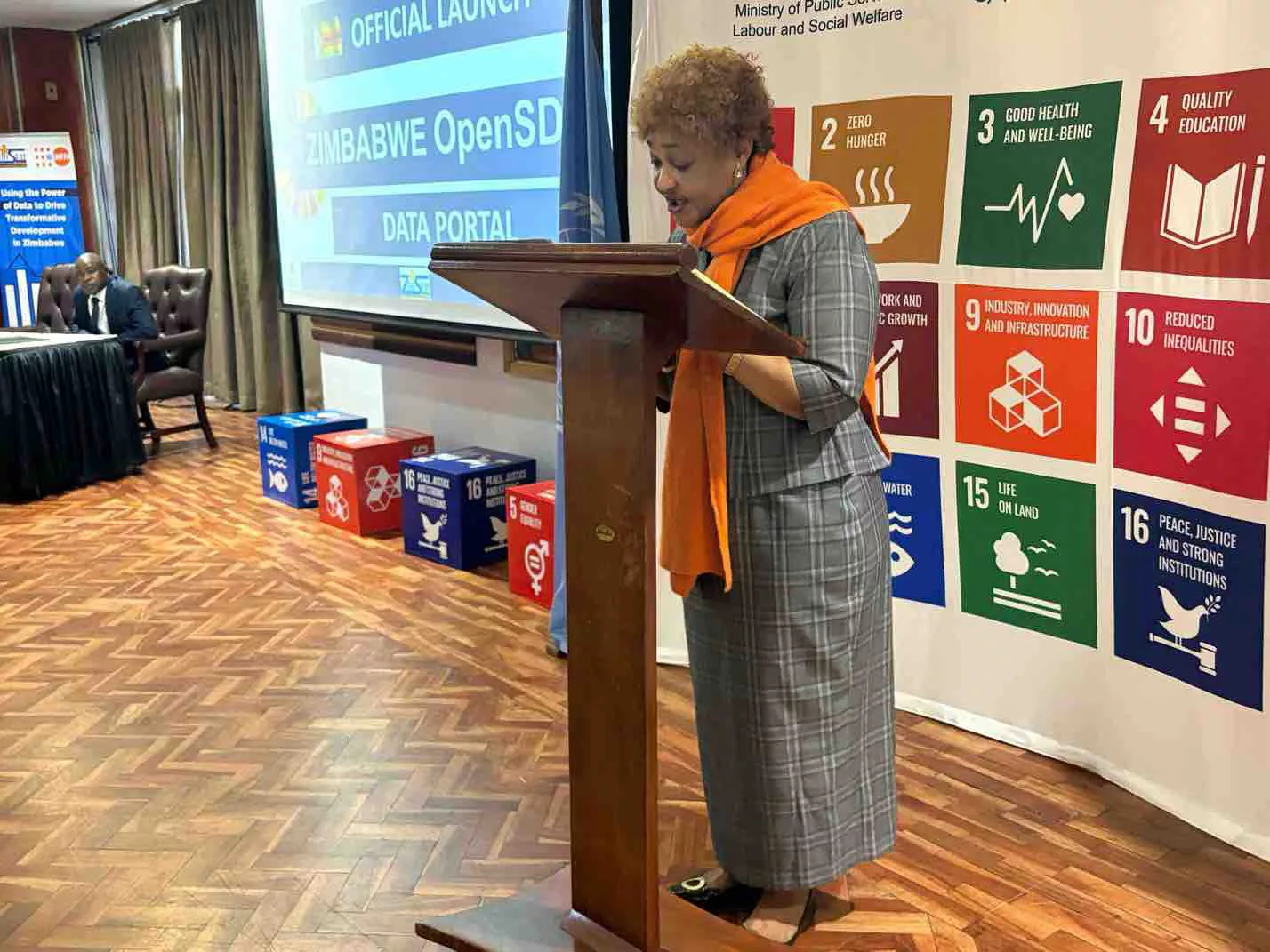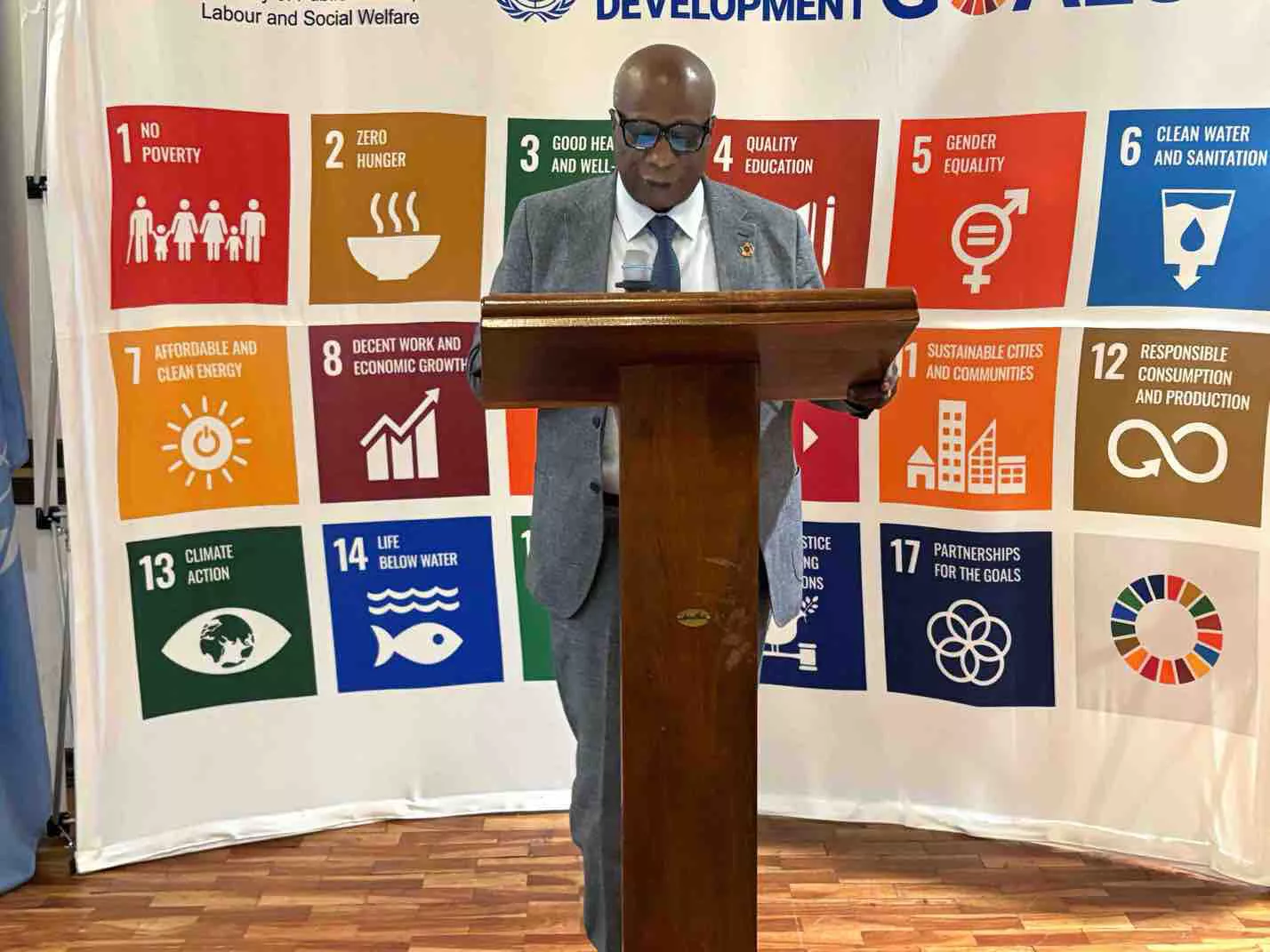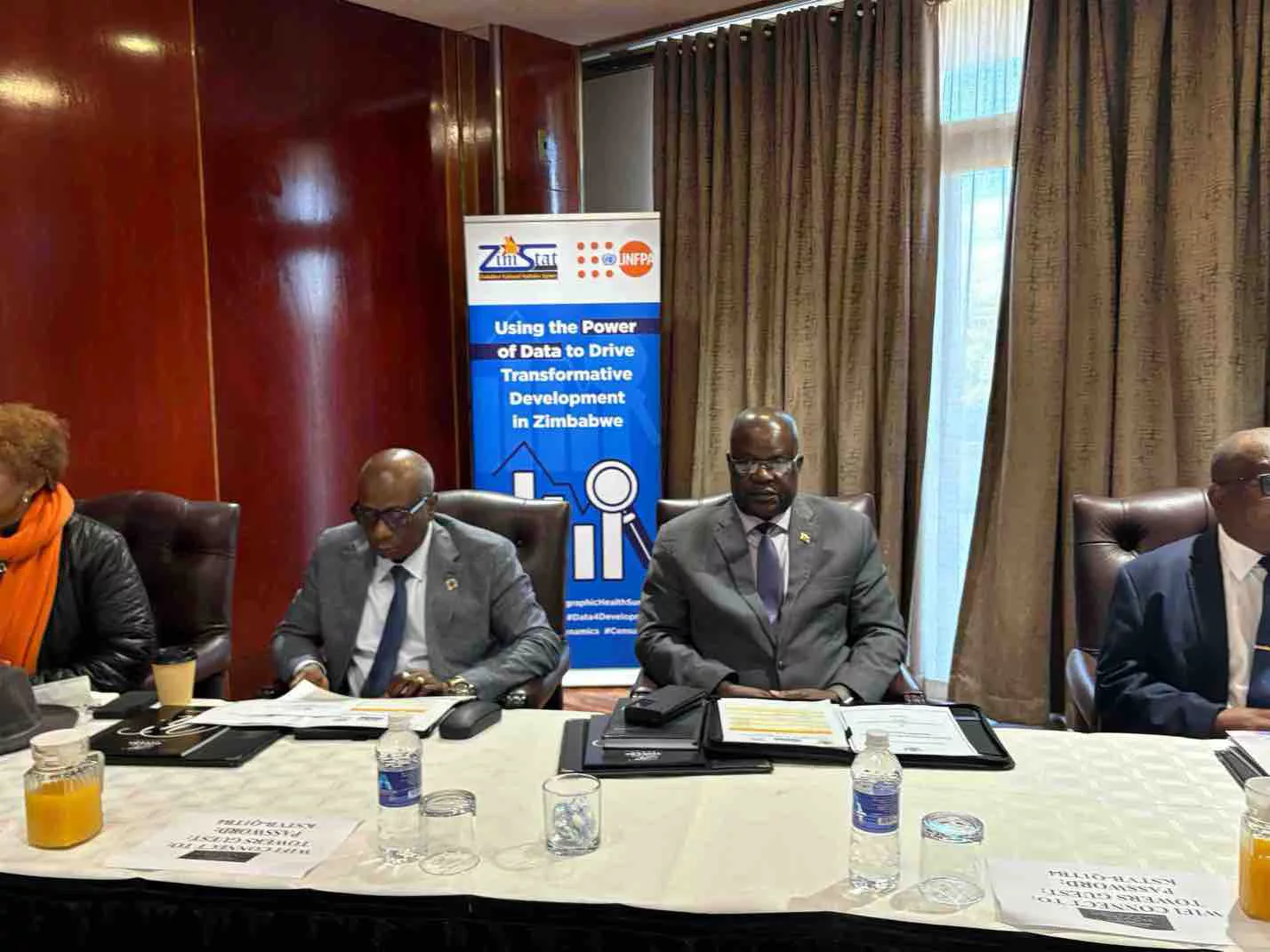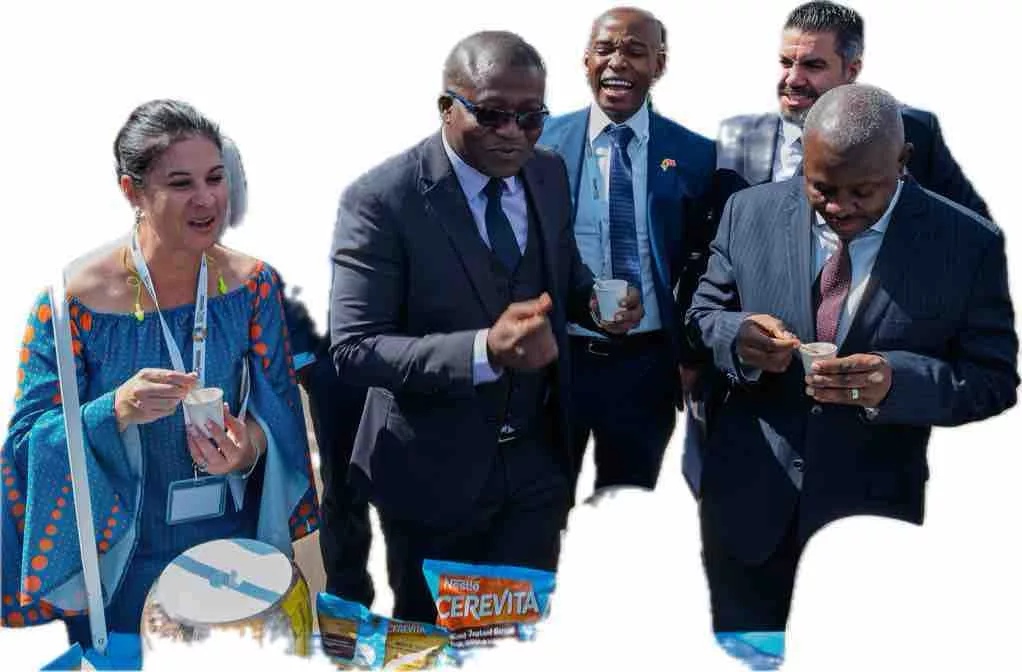|
Getting your Trinity Audio player ready...
|
Writes E.M. Kuyipa
The United Nations Declaration on the Elimination of Violence Against Women (1993) defines VAW as any act of gender-based violence that results in or is likely to result in, physical, sexual or psychological harm or suffering to women, including threats of such acts, coercion or arbitrary deprivation of liberty, whether occurring in public or in private life.
“There are many forms of violence against women, including sexual, physical, or emotional abuse by an intimate partner; physical or sexual abuse by family members or others; sexual harassment and abuse by authority figures (such as teachers, police officers or employers); trafficking for forced labour or sex; and such traditional practices as forced or child marriages, dowry-related violence and honour killings when women are murdered in the name of family honour. Systematic sexual abuse in conflict situations is another form of violence against women” (WHO, 2009. Promoting Gender Equality to Prevent Violence against Women.)
There is a strong bond between gender-based violence and the environment. National and customary laws and structures, societal gender norms and traditional gender roles often dictate who can access, control and benefit from natural resources. The negative result of this is that women become marginalized, and makes women, girls and those of diverse gender identities more vulnerable (Castañeda Camey et al., 2021).
Women and girls are at high risk when collecting or managing water and wood, which they use for their domestic needs. However, gender-based violence also occurs in various situations to emphasize or maintain control over natural resources.
Women and girls whose citizenship status, physical ability, descent, age or other factors make them vulnerable to discrimination, are often disproportionately affected by VAW (WHO & UNAIDS, 2010. Addressing Violence Against Women and HIV/AIDS: What Works?).
Gender-based violence is worse in the face of environmental stressors. such as climate change, extractives and environmental crimes, when the control over increasingly scarce or degraded resources and livelihood opportunities results in higher tensions (e.g., exacerbating domestic violence), increased negative coping strategies (e.g., child marriage in the aftermath of disasters) and reduced resilience for families and communities (e.g., risks of sexual exploitation and human trafficking in legal and illegal extractive industries).
Men and boys in farming, mining and recently resettled areas, must be part and parcel of VAW prevention. This is possible if they are provided with information and sensitization on the issue. Thus instead of being nemesis, many men can serve as important role models and spokespeople to promote gender equality in family relationships and condemn the use of violence to resolve conflict at home and in the community.
Men and boys can help to make clear that it is possible to prevent violence, in their own lives, and by exerting influence on their peers.
However, women’s rights activists occasionally dislike working with men. Some feel for example, that it might distract from the need to empower women, or that not all men who oppose VAW would subscribe to a gender-equitable agenda. Nonetheless, women’s groups and “mixed” or men’s organizations can rise above differences and difficulties to form strategic alliances on a shared basis of key values and goals. Padare/Enkundleni/Men’s Forum on Gender is one such group that has been a cog in fighting VAW in Zimbabwe.
Tsuro Trust noted that following Cyclone Idai in March 2019, in Chimanimani District there was sexual violation of women and girls and abuse in exchange for relief support and sexual violence and exploitation of female youths at the hands of some army personnel, construction companies’ personnel and staff involved in distributing aid. (Page 13, Building Resilience to Natural Disasters in Populated African Mountain Ecosystems, August 2020).
Social norms and gendered power dynamics allow for gender-based violence to be used to manage land and property (e.g., widow disinheritance or property grabbing through physical, psychological or other means).
There is a need to make VAW a public issue and highlight the fact that it is a public concern that affects all segments of society. In addition, access to water, biofuel (wood for cooking), and toilets for girls and women in rural and farming areas should be readily accessible. Males who abuse girls and women, including disabled females should be brought to book, rather than marrying off the abused to the abuser. Faith-based organisation leaders and traditional bearers must play a strong role in protecting women and girls against climate change and environmental stressor-induced violence, especially sexual abuse. They should make their communities understand that violence against women is a human rights abuse.
However, there is not necessarily a direct link between changes in knowledge and attitudes and changes in violent behaviours, which depends on a multiplicity of factors. The World Health Organization notes about media campaigns for example: “Media campaigns have proven successful in increasing knowledge of intimate partner violence and influencing attitudes towards gender norms, but less is known about their ability to reduce violent behaviour, as it is difficult to measure potential changes in levels of violence associated with media interventions. Research shows, however, that the most successful media interventions are those that begin by understanding the behaviour of their audience and engaging its members in developing the intervention” (WHO, 2009. Promoting gender equality to prevent violence against women).
#violence against women is a human rights abuse.
E.M. Kuyipa is with Women’s Monitor





